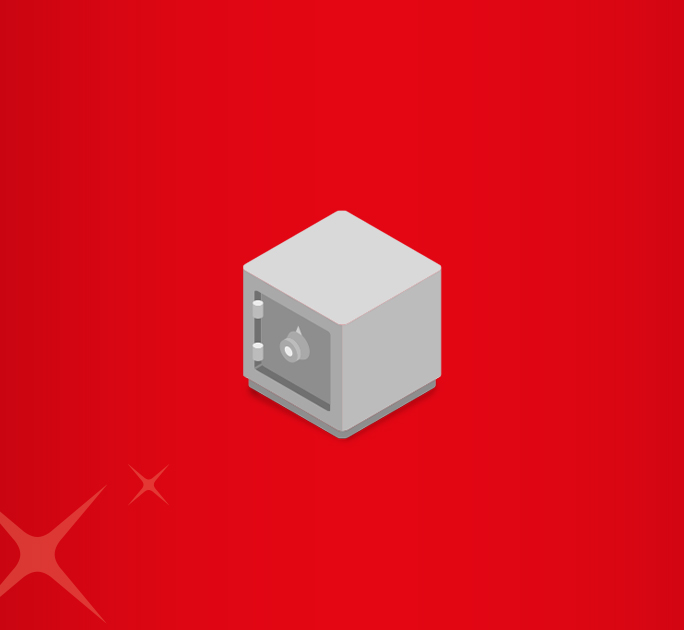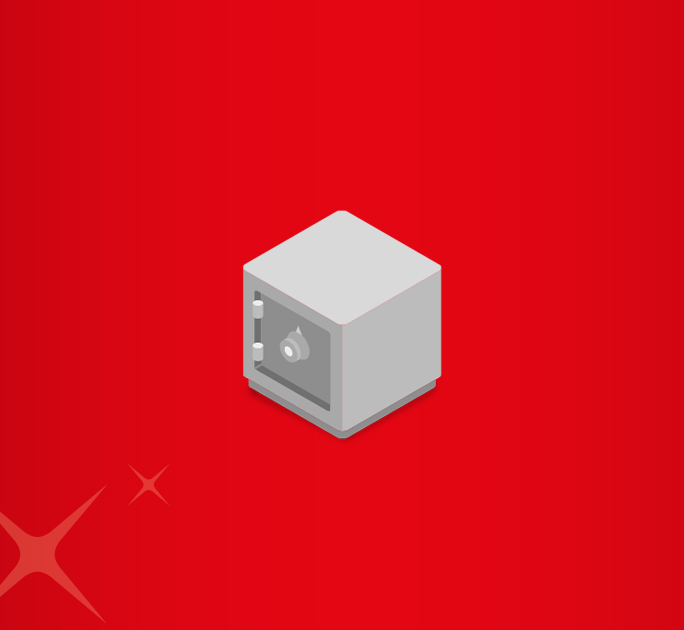- Save
- Invest
- Borrow
- Pay
- More
- Customer Services

Cumulative vs Non-cumulative FD
Cumulative and Non-cumulative FDs – Comparing the differences
Key Takeaways
- Fixed Deposits are of two types – cumulative and non-cumulative
- Cumulative FDs are those where you earn interest on maturity
- They are ideal for people looking to create a corpus and earn compounding benefits
- With Non-cumulative FDs you can choose your preferred interest payout method – monthly, quarterly, etc.
- Non-cumulative FDs are excellent for people who need extra income on their regular income sources
Fixed Deposits are savings instruments that allow you to create wealth, gradually. Instead of leaving your excess money in your Savings Account, you can consider opening a Fixed Deposit. This way, you are not tempted to use up your savings, and can even earn interest on the money fixed. Fixed Deposits also provide a higher rate of interest than a Savings Account. Banks typically allow you to open two types of Fixed Deposits – cumulative and non-cumulative. Read on to know more about the differences between cumulative and non-cumulative FDs.
Cumulative vs Non-Cumulative FD – Meaning and Examples
Cumulative FD
A cumulative FD is one in which the interest is compounded and paid with the deposit at the time of the maturity. It is an ideal investment option for people looking to build a corpus as opposed, as opposed to earning regular interest payments. Since the interest accrued on the cumulative Fixed Deposit is reinvested, you get the benefit of compounded returns, which in turn leads to the creation of a lump sum amount at the end of the FD tenure.
For instance, if you invest INR 100,000 for a period of 1 year in a cumulative FD, at an 8% interest rate, your interest income at the time of maturity will be INR 8,234, which is an absolute return of 8.24%.
Non-cumulative FD
A non-cumulative FD is the type of investment that provides you with the flexibility of earning a regular interest pay out. You also have the option to choose the frequency of the pay-out. Interest on non-cumulative FDs is typically paid on a monthly, quarterly, half-yearly, or annual basis. You have to select your preferred payment mode at the time of the application.
Let us say you decide to invest INR 100,000 at an interest rate of 8% p.a. opting for monthly payout. In this case, your monthly interest income will be INR 666.66 (8% of 100,000/12), while the total annual income from the FD will be INR 8,000.
Cumulative and Non-Cumulative FD – The Differences
Let us now compare cumulative vs non-cumulative FDs on the basis of several crucial factors. They are as under:
Interest pay out
The interest is paid along with the principal at the time of maturity in a cumulative FD. But, in a non-cumulative FD, there is an option to get the interest at a fixed interval of time –monthly, quarterly, half-yearly, or annually.
Tax implications
In the case of cumulative FDs, TDS (Tax Deducted at Source) is deducted automatically when the interest is over and above the limit as per the tax laws. If you are not eligible for TDS, you have to submit a duly filed Form 15G/15H. Also, if you are looking to reduce your tax outgo, there are some tax-saving cumulative FDs (5-year FDs) that you can invest in. The interest earned on non-cumulative FD is taxable according to one’s income tax slab.
Interest treatment
Another point of difference between cumulative FD vs non-cumulative FD surrounds the treatment of interest. In a cumulative FD, the interest is compounded and you earn interest on interest. Therefore, the interest earned at the time of FD maturity is higher than non-cumulative FDs. There is no option of reinvestment in non-cumulative FDs because the interest is paid at regular intervals.
Suitability
A cumulative FD is suitable for individuals having fixed income sources that allow them to manage their finances without relying on FD interest, salaried individuals, for instance. A non-cumulative FD is ideal for pensioners, retired people, and those who do not have any regular income sources and need a steady income to fulfil their daily needs.
Cumulative Vs Non-Cumulative FD – Which Is Better For You?
Both cumulative and non-cumulative FDs are excellent savings options. They are also safe investments. As for which FD is better for you; it depends on your financial circumstances and your needs.
For instance, you could be a salaried employee, but your income may not be sufficient to pay for your monthly expenses. In such a case, you can get an extra source of income through the non-cumulative FD. If you have surplus savings, on the other hand, you can consider putting them away in a cumulative FD.
Similarly, retired people who have sufficient savings, may create cumulative FDs to build a larger corpus, or opt to earn more monthly income by creating non-cumulative FDs. However, the interest rates for cumulative and non-cumulative FDs may differ, and you can consider the better option based on your investment objectives as mentioned above, and the interest rates banks offer.
Factors to Consider When Choosing Between Cumulative FD vs. Non-Cumulative FD
Choosing between a cumulative FD and a non-cumulative FD depends on your individual circumstances. There are a number of things you’ll need to keep in mind:
-
Income Requirement
If you rely on regular income flow, a non-cumulative FD with frequent interest payouts (monthly, quarterly) can be a good option. Conversely, a cumulative FD with a lump sum payout at maturity is suitable if you don't need immediate income.
-
Investment Tenure
For longer tenures, the compounding effect in a cumulative FD can significantly increase your overall returns. However, if your investment horizon is shorter, a non-cumulative FD provides regular liquidity through interest payouts.
-
Tax Planning
Cumulative FDs offer the benefit of tax deferral as the interest is compounded and taxed only at maturity. Non-cumulative FDs result in taxable income every time you receive interest. Consider your tax bracket and the need for immediate tax benefits.
-
Risk Tolerance
Both FDs are low-risk investments. However, if you're risk-averse and need access to your funds occasionally, a non-cumulative FD might be better due to its frequent interest payouts.
Conclusion
Irrespective of whether you opt for cumulative FD vs non-cumulative FD, a Fixed Deposit is an excellent investment option. It is also one of the safest investment vehicles as it generates guaranteed returns. Today, you can open both cumulative and non-cumulative FDs online in a matter of minutes. Simply fill a form and choose your preferred investment amount, tenure, and preferred type of FD to get started.
If you prefer to save time and effort, and open an FD account remotely, then download the DBS Bank app right away!
-
What is the interest payout frequency for a Cumulative and Non-Cumulative FD?
Cumulative FD: Interest keeps compounding and adding to the principal amount. It is paid out in a lump sum at maturity.
Non-Cumulative FD: Interest is disbursed on a monthly, quarterly, semi-annual, or annual basis.
-
How is the interest taxed differently for Cumulative and Non-Cumulative Fixed Deposits?
Cumulative FD: Interest on tax-saving FDs is taxed only at maturity, which can lead to a lower overall tax liability.
Non-Cumulative FD: Interest is taxed as and when it is received, which could result in higher tax liability if your income is high.
-
What are the benefits of opting for a Cumulative and Non-Cumulative Fixed Deposit?
Cumulative FD: Ideal for those seeking higher returns and tax deferral. Suitable for long-term investments where you don't need immediate income.
Non-Cumulative FD: Great for those who require regular income. Provides flexibility as interest is paid out periodically.
*Disclaimer: This article is for information purposes only. We recommend you get in touch with your income tax advisor or CA for expert advice.













